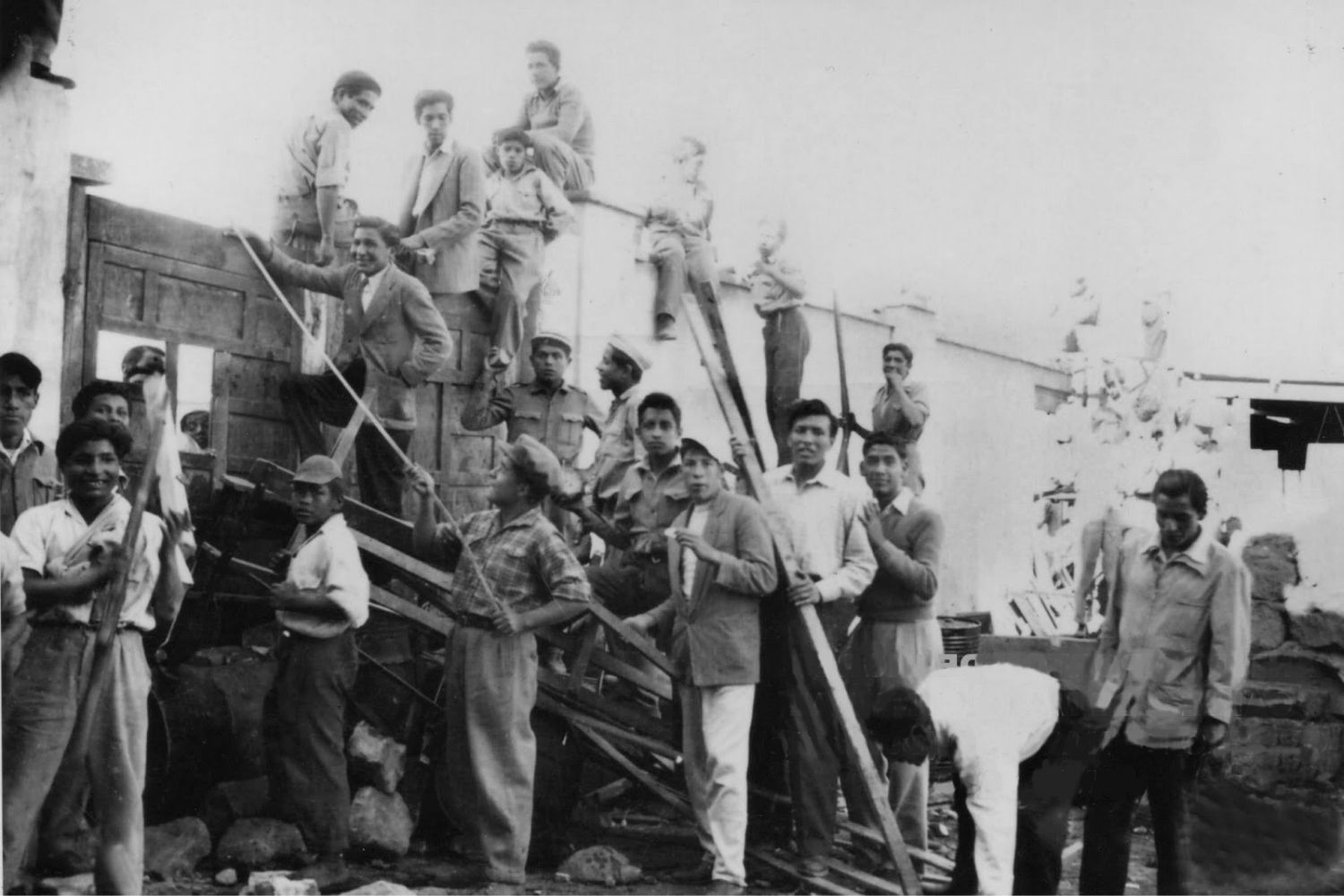
La Revolución Del 50 is a pivotal event in Latin American history. But what exactly happened during this revolution? This movement, which took place in Costa Rica in 1948, reshaped the nation's political landscape. It led to the abolition of the military, making Costa Rica one of the few countries without an army. The revolution also paved the way for significant social reforms, including improvements in education and healthcare. Why is this revolution so important? It marked the beginning of a new era of democracy and peace in Costa Rica, influencing its development for decades. Dive into these 25 facts to understand the profound impact of La Revolución Del 50.
Key Takeaways:
- La Revolución Del 50 was sparked by dissatisfaction with the government, economic struggles, and inspiration from other successful movements, leading to significant social and political changes.
- Key figures like Juan Pérez, Maria Gonzalez, and General Luis Ramirez played crucial roles in leading the revolution, while international figures like Che Guevara expressed solidarity with the movement.
La Revolución Del 50: A Turning Point in History
La Revolución Del 50, also known as the 1950 Revolution, was a significant event that reshaped the political and social landscape of its country. This period was marked by intense struggle, dramatic changes, and lasting impacts. Here are 25 fascinating facts about this pivotal moment in history.
The Beginnings of La Revolución Del 50
Understanding the origins of the revolution helps grasp its importance. The early stages set the tone for the dramatic events that followed.
- La Revolución Del 50 began as a response to widespread dissatisfaction with the ruling government.
- Economic hardships and social inequalities were major catalysts for the uprising.
- The revolution was inspired by other successful movements around the world, particularly in Latin America.
- Student groups played a crucial role in organizing protests and rallies.
- The initial protests were largely peaceful but escalated into violent confrontations.
Key Figures in the Revolution
Every revolution has its leaders and heroes. These individuals left an indelible mark on history through their actions and sacrifices.
- Juan Pérez emerged as a prominent leader, rallying support from various social groups.
- Maria Gonzalez, a fearless activist, became a symbol of resistance and courage.
- General Luis Ramirez, initially a government loyalist, defected to support the revolutionaries.
- Intellectuals and artists also contributed by spreading revolutionary ideas through their works.
- International figures, including Che Guevara, expressed solidarity with the movement.
Major Events and Battles
The revolution was marked by several key events and battles that determined its course and outcome.
- The Battle of San Miguel was one of the first major confrontations, resulting in heavy casualties.
- The Siege of the Capital lasted for weeks, with both sides suffering significant losses.
- A pivotal moment was the capture of the Presidential Palace by revolutionary forces.
- The government declared martial law, leading to widespread arrests and crackdowns.
- A ceasefire was eventually negotiated, but it was fragile and short-lived.
Social and Economic Impacts
The revolution brought about profound changes in society and the economy, some of which are still felt today.
- Land reforms were implemented, redistributing property to peasants and farmers.
- Educational reforms aimed at increasing literacy and access to schooling were introduced.
- Healthcare improvements were made, focusing on rural and underserved areas.
- Women's rights advanced significantly, with more opportunities for education and employment.
- The economy initially struggled but eventually stabilized with new policies and foreign aid.
Legacy and Remembrance
The legacy of La Revolución Del 50 continues to influence the country and its people. Remembering this period is crucial for understanding its lasting impact.
- Monuments and memorials have been erected to honor those who fought and died.
- Annual commemorations and parades celebrate the revolution's achievements and sacrifices.
- The revolution is a subject of study in schools, ensuring that future generations understand its significance.
- Cultural works, including films, books, and music, keep the memory of the revolution alive.
- The principles of the revolution continue to inspire social and political movements today.
Final Thoughts on La Revolución Del 50
La Revolución Del 50, a pivotal moment in history, reshaped the political landscape. This period saw significant social changes, with people fighting for their rights and freedoms. The revolution's impact on culture, politics, and society still resonates today. Understanding these 25 facts gives a clearer picture of the struggles and triumphs experienced during this time. It’s a reminder of the power of collective action and the importance of standing up for justice. The revolution not only changed the course of history but also inspired future generations to continue the fight for equality and human rights. Reflecting on these events helps appreciate the sacrifices made and the progress achieved. History teaches valuable lessons, and La Revolución Del 50 is no exception. Keep these facts in mind as they offer a glimpse into a transformative era that shaped the world we live in today.
Frequently Asked Questions
Was this page helpful?
Our commitment to delivering trustworthy and engaging content is at the heart of what we do. Each fact on our site is contributed by real users like you, bringing a wealth of diverse insights and information. To ensure the highest standards of accuracy and reliability, our dedicated editors meticulously review each submission. This process guarantees that the facts we share are not only fascinating but also credible. Trust in our commitment to quality and authenticity as you explore and learn with us.
